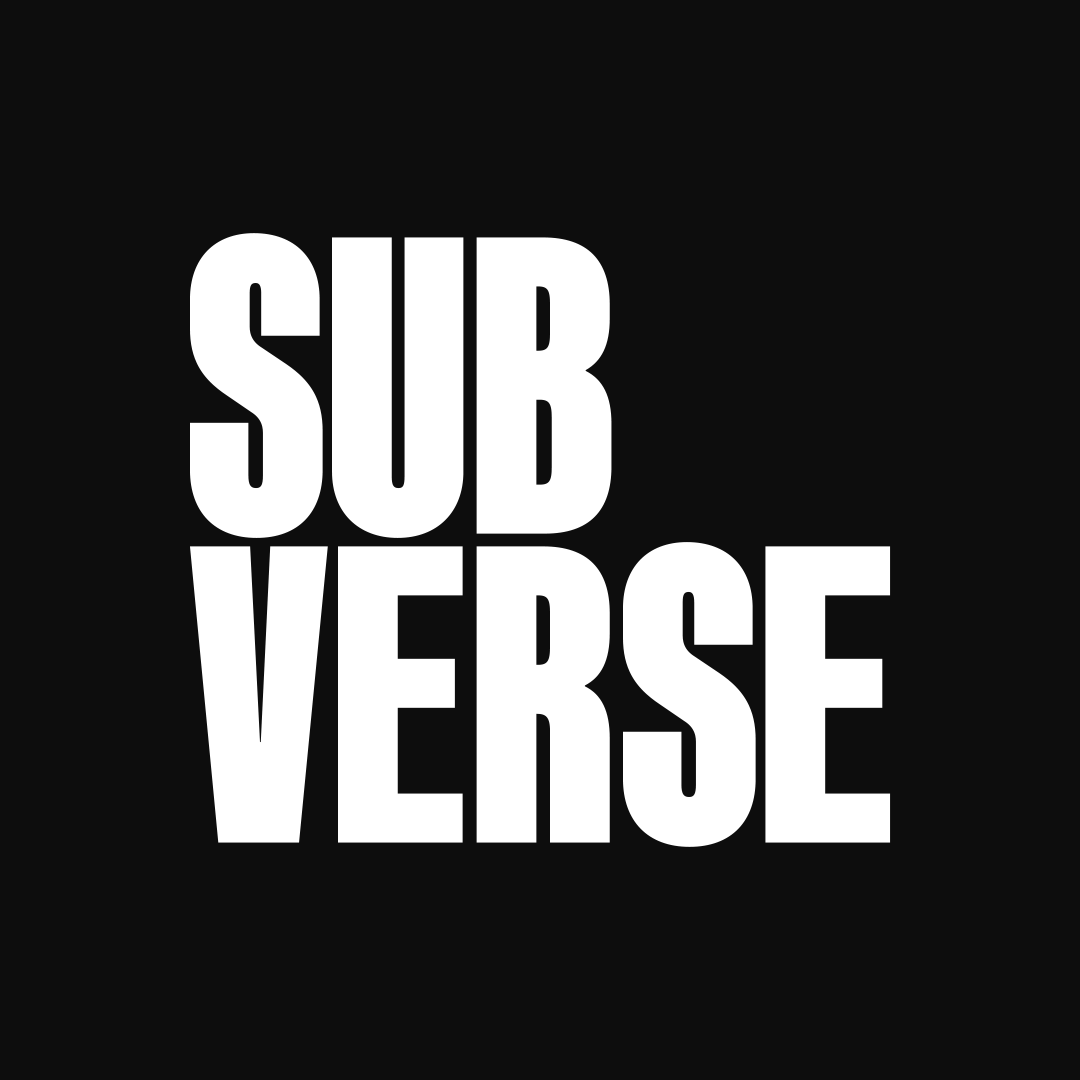In the realm of branding, every element contributes to the story a brand tells. Among these, typography plays a pivotal role in conveying a brand’s personality and values. Typography isn’t merely about choosing letters; it’s a powerful tool that shapes perception and fosters emotional connections with audiences. In a saturated marketplace, where visual identity sets brands apart, understanding the significance of font choices is essential for creating a memorable and authentic brand presence.
Understanding Typography in Branding
Typography encompasses the art and technique of arranging type to make written language legible, readable, and visually appealing. It involves several elements:
- Typeface: The design of the letters, numbers, and symbols (e.g., Arial, Times New Roman).
- Font: The specific style within a typeface family, including variations like bold or italic.
- Size: The height of the characters, typically measured in points.
- Spacing: The amount of space between letters (kerning), lines (leading), and words.
Typography communicates a brand’s tone and mood. For instance, a sleek sans-serif font can convey modernity and simplicity, while a decorative script font may suggest elegance and sophistication. The careful selection and combination of these elements help create a cohesive visual language that aligns with the brand’s desired perception.
The Connection Between Typography and Brand Personality
Brand personality refers to the set of human characteristics attributed to a brand, influencing how consumers perceive and relate to it. Typography aligns with brand personality by reinforcing these characteristics through visual means. Different font styles evoke distinct psychological responses:
- Serif Fonts: With small lines or strokes attached to the ends of letters, serif fonts like Times New Roman exude tradition, reliability, and elegance. Ideal for brands seeking to convey authority and trust.
- Sans-Serif Fonts: Clean and modern, sans-serif fonts like Helvetica suggest simplicity, efficiency, and contemporary appeal. They are favored by brands aiming for a minimalist and forward-thinking image.
- Script Fonts: Mimicking the fluidity of handwriting, script fonts convey creativity, sophistication, and a personal touch. They are suitable for brands that emphasize individuality and artistry.
- Display Fonts: Highly decorative and unique, display fonts make a bold statement and are used sparingly to attract attention and highlight specific brand elements.
By selecting fonts that resonate with their intended personality, brands can create a consistent and compelling identity that appeals to their target audience’s emotions and preferences.
Case Studies: Fonts that Define Brands
Coca-Cola
Coca-Cola’s iconic Spencerian script font embodies tradition, authenticity, and timelessness. This classic typeface evokes nostalgia, reinforcing the brand’s longstanding presence and emotional connection with consumers.
Apple
Apple utilizes a clean and minimalist sans-serif font, reflecting its commitment to innovation, simplicity, and modernity. The typography complements Apple’s sleek product designs, creating a unified brand experience.
Google’s proprietary font, Product Sans, is geometric and friendly, conveying approachability and technological prowess. Its versatility across platforms ensures consistent brand recognition in diverse contexts.
These examples demonstrate how strategic font choices reinforce brand values and aid in building a strong, recognizable identity. Each font not only differentiates the brand but also communicates its core essence to the audience.
Common Misconceptions About Typography
Myth: All Fonts Are the Same
Many brand managers believe that any font can work as long as it’s readable. However, fonts carry distinct personalities and nuances that can significantly impact brand perception. Choosing the right font is crucial for aligning with brand identity and establishing a unique presence in the market.
Myth: Fancy Fonts Always Look Better
While decorative fonts can be eye-catching, overusing them can hinder readability and dilute brand messaging. It’s essential to balance creativity with functionality, ensuring that typography enhances rather than distracts from the brand’s message.
Myth: Consistency in Typography Is Unimportant
Inconsistent use of fonts across different platforms can lead to a fragmented brand image. Maintaining consistent typography ensures cohesive branding, fosters recognition, and strengthens trust with the audience.
Challenges in Choosing the Right Typography
Branding Conflicts
Selecting typography that genuinely reflects the brand’s personality can be challenging, especially when balancing multiple brand attributes. For instance, a brand aiming to appear both playful and professional may struggle to find a font that encapsulates both qualities without compromising on either.
Design Trends
The ever-evolving landscape of design trends can pressure brands to adapt their typography to stay relevant. However, frequent changes can confuse the audience and weaken brand consistency. Striking a balance between trendiness and timelessness is key to sustaining a lasting brand identity.
Accessibility Considerations
Ensuring that typography is accessible to all users, including those with visual impairments, is paramount. Selecting fonts that are legible at various sizes and on different devices enhances user experience and demonstrates the brand’s commitment to inclusivity.
Solutions and Guidelines
- Define Brand Attributes: Clearly outline the brand’s personality traits to guide typography selection.
- Research and Testing: Experiment with different fonts and gather feedback to determine which best aligns with the brand identity.
- Consistency Guidelines: Develop comprehensive typography guidelines to ensure uniform application across all brand materials.
- Adaptability: Choose versatile fonts that perform well across various mediums and platforms.
Actionable Tips for Selecting Brand Typography
Evaluate and Choose Typography that Aligns with Brand Values
- Identify Brand Personality: Determine whether your brand is formal, casual, playful, or authoritative.
- Match Font Style to Personality: Select font styles that mirror the identified personality traits.
- Consider Audience Preferences: Choose fonts that resonate with your target demographic’s tastes and expectations.
Best Practices for Combining Fonts Effectively
- Limit Font Families: Use no more than two to three font families to maintain visual harmony.
- Contrast Wisely: Pair complementary fonts that offer contrast in style without clashing.
- Establish Hierarchy: Use different font weights and sizes to create a clear hierarchy and guide the reader’s attention.
- Maintain Consistency: Apply your chosen font combinations uniformly across all brand materials for a cohesive look.
Additional Tips
- Test Across Mediums: Ensure that your selected fonts look good on various platforms, including print, web, and mobile.
- Stay Updated: Periodically review your typography to ensure it remains aligned with your evolving brand identity.
- Use Legible Fonts: Prioritize readability to enhance user experience and accessibility.
Conclusion
Typography is more than just a visual element; it’s a fundamental component of brand identity that shapes how your audience perceives and interacts with your brand. Thoughtful font choices can enhance brand recognition, convey core values, and establish emotional connections with your audience. As competition intensifies, investing in strategic typography becomes essential for standing out and fostering a memorable brand presence. Take the time to assess your current typography, align it with your brand personality, and make necessary adjustments to strengthen your brand’s visual identity.
References
- Crafting a Cohesive Brand Identity: The Ultimate Guide to Typography Guidelines
- Brand Typography: How To Choose Fonts For Your Brand
- The Impact of Typography on Brand Identity: A Deep Dive
- Selecting Typography for Branding: Creating a Distinctive Brand Identity
- Typography: Forging a Distinct Brand Identity

